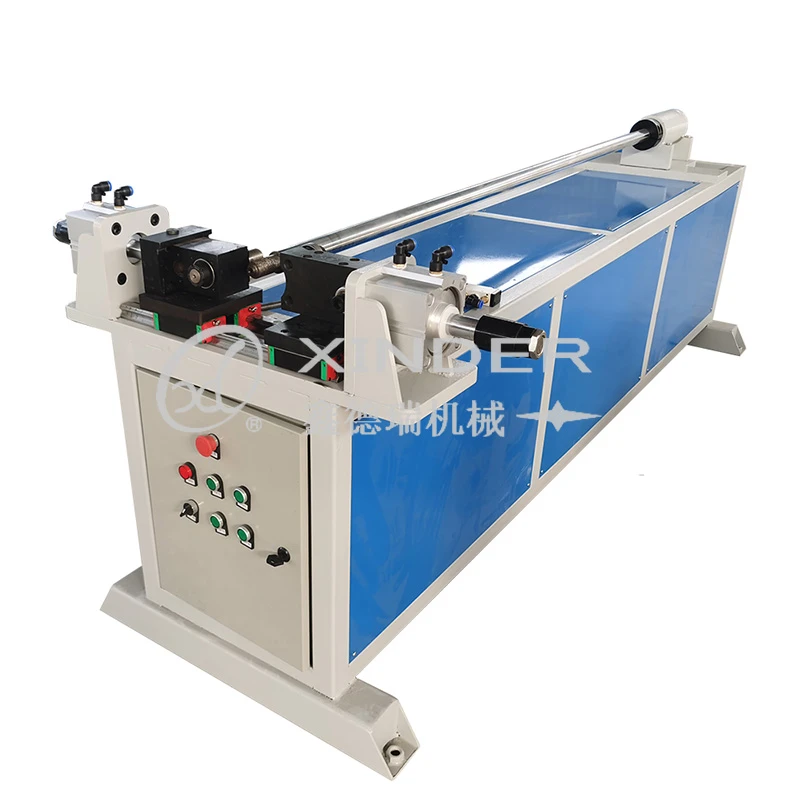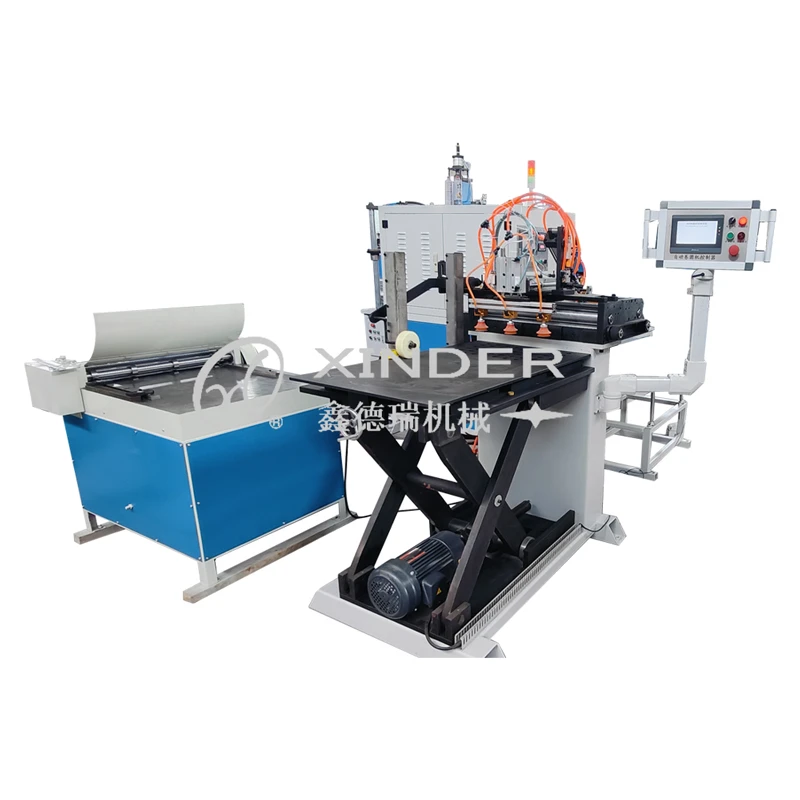-
 8613931787312
8613931787312 -
 Botou Industrial Zone on the east side of National Highway 104, Botou City, Hebei Province
Botou Industrial Zone on the east side of National Highway 104, Botou City, Hebei Province
- Afrikaans
- Albanian
- Amharic
- Arabic
- Armenian
- Azerbaijani
- Basque
- Belarusian
- Bengali
- Bosnian
- Bulgarian
- Catalan
- Cebuano
- Corsican
- Croatian
- Czech
- Danish
- Dutch
- English
- Esperanto
- Estonian
- Finnish
- French
- Frisian
- Galician
- Georgian
- German
- Greek
- Gujarati
- haitian_creole
- hausa
- hawaiian
- Hebrew
- Hindi
- Miao
- Hungarian
- Icelandic
- igbo
- Indonesian
- irish
- Italian
- Japanese
- Javanese
- Kannada
- kazakh
- Khmer
- Rwandese
- Korean
- Kurdish
- Kyrgyz
- Lao
- Latin
- Latvian
- Lithuanian
- Luxembourgish
- Macedonian
- Malgashi
- Malay
- Malayalam
- Maltese
- Maori
- Marathi
- Mongolian
- Myanmar
- Nepali
- Norwegian
- Norwegian
- Occitan
- Pashto
- Persian
- Polish
- Portuguese
- Punjabi
- Romanian
- Russian
- Samoan
- scottish-gaelic
- Serbian
- Sesotho
- Shona
- Sindhi
- Sinhala
- Slovak
- Slovenian
- Somali
- Spanish
- Sundanese
- Swahili
- Swedish
- Tagalog
- Tajik
- Tamil
- Tatar
- Telugu
- Thai
- Turkish
- Turkmen
- Ukrainian
- Urdu
- Uighur
- Uzbek
- Vietnamese
- Welsh
- Bantu
- Yiddish
- Yoruba
- Zulu
laser powered welder
The Advancements and Applications of Laser Powered Welders
In the realm of modern manufacturing and fabrication, the pursuit of precision and efficiency has led to the development of numerous advanced technologies. Among these, laser powered welding stands out as a groundbreaking technique that offers unparalleled accuracy, speed, and versatility. Laser welding, which utilizes focused beams of high-intensity light to fuse materials, has gained significant traction in various industries including automotive, aerospace, electronics, and medical device manufacturing.
Understanding Laser Welding Technology
At its core, laser welding involves the use of a laser beam, typically generated by solid-state, fiber, or CO2 lasers, to melt the material at the joint where two parts meet. The heat produced by the concentrated light enables the materials to come together at a molecular level, resulting in a strong and durable bond. The ability to control the intensity and focus of the laser allows for precise welding of intricate components, thus minimizing thermal distortion and reducing the heat-affected zone, which is a critical factor in maintaining the integrity of sensitive materials.
One of the primary advantages of laser powered welding is its speed. The high energy concentration allows for rapid welding processes that can significantly decrease production times compared to traditional methods such as MIG or TIG welding. This increased efficiency can lead to lower operational costs and increased output, making laser welding a preferred choice for high-volume production environments.
The Advantages of Laser Powered Welders
The benefits of laser powered welders extend beyond speed. One notable advantage is the exceptional weld quality achievable through this method. The low heat input not only reduces the risk of distortion but also produces clean welds with minimal cleanup required. This is particularly important in industries where surface finish and structural integrity are paramount, such as in the manufacturing of critical aerospace components.
Moreover, laser welding is highly adaptable. It can be employed on a variety of materials, including metals, plastics, and even ceramics, making it versatile for different applications. With the advent of advancements such as hybrid welding techniques, which combine laser welding with traditional methods, manufacturers can achieve even more complex and challenging welds efficiently.
laser powered welder

Applications Across Industries
The applications of laser powered welding are vast and varied. In the automotive industry, it is commonly used to join components of car frames, exhaust systems, and intricate wiring assemblies. The precision of laser welds contributes to the safety and reliability of vehicles on the road.
In the aerospace sector, where weight reduction and structural integrity are crucial, laser welding enables the assembly of lightweight materials such as aluminum and titanium alloys. These materials are essential for improving fuel efficiency and performance in aircraft.
The electronics industry also benefits from laser welding, as it allows for the permanent attachment of delicate parts without adding significant mass or heat that could damage sensitive components. This is critical in the production of smartphones, computers, and various circuitry.
The Future of Laser Powered Welding
As technologies continue to evolve, the future of laser powered welding looks promising. Innovations in laser technology, such as improved beam shaping and specialized wavelengths, are expected to further enhance the capabilities of laser welders. Additionally, the integration of artificial intelligence and automation stands to streamline welding processes, making them even more efficient and consistent.
In conclusion, laser powered welders represent a revolutionary advancement in welding technology, offering benefits such as speed, precision, and adaptability across various industries. As manufacturing demands grow increasingly complex, the role of laser welding will undeniably expand, paving the way for new standards in quality and efficiency in production processes.
-
The Rise of Laser Welding in Global Manufacturing: Spotlight on China’s Competitive EdgeNewsJun.05,2025
-
The Power of Precision: Exploring the Role of Automatic Seam Welding Machines in Modern ManufacturingNewsJun.05,2025
-
The Essential Guide to Can Welding Machines: Revolutionizing the Packaging IndustryNewsJun.05,2025
-
Resistance Welding Equipment: A Smart Investment for Industrial ManufacturingNewsJun.05,2025
-
Precision Welding for Modern Manufacturing: The Rise of Automatic Seam Welding MachinesNewsJun.05,2025
-
Laser Welding for Stainless Steel: The Precision Edge in Modern Metal FabricationNewsJun.05,2025
-
The Modern Evolution of Barrel Production: Technology, Machines, and Market PricingNewsMay.22,2025
-
 Fully Automatic Kaiping Production LineOct . 17, 2024
Fully Automatic Kaiping Production LineOct . 17, 2024 -
 Fully Automatic Metal Bucket Lifting HeadphonesSep . 14, 2024
Fully Automatic Metal Bucket Lifting HeadphonesSep . 14, 2024 -
 Automatic Rolling MachineSep . 14, 2024
Automatic Rolling MachineSep . 14, 2024

